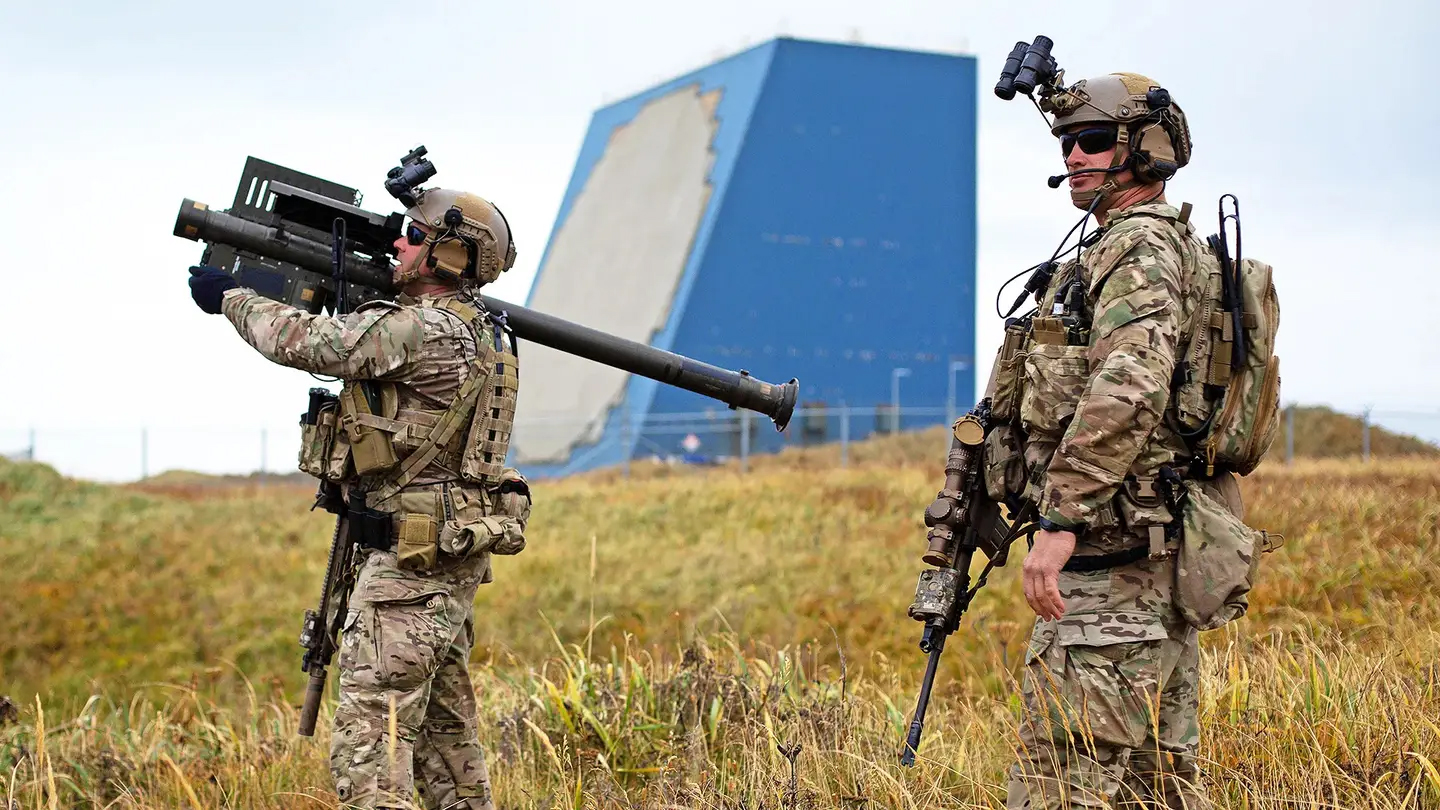American special operations forces (SOF) are at something of a crossroads. After decades of low-intensity conflict, as well as counter-insurgency and counter-terror operations, they now face a very different kind of primary threat — state adversaries, some of which are near-peer status. Transitioning its focus to a high-end fight, potentially over an enormous geographical area, is a tall order, but it’s one the SOF community is very engaged in at this time. This metamorphosis now underway was glaringly clear at the SOF Week convention this week in Tampa, Florida.
In particular, the biennial mock battle that raged Wednesday outside the convention was markedly different this time around for reasons that have everything to do with the changing future of American special operations.
Gone was Tampa’s mayor being “kidnapped” by ‘jihadis,’ only to be ‘rescued’ and returned to the dock in a rigid hull inflatable boat (RHIB), surrounded by international special operations forces (SOF) troops as they blast a fusillade of machine gun blanks. Instead, during this year’s demonstration, “adversary” drones and Marine special operations paragliders soared overhead.
“We’re just demonstrating some of what could be possible,” Army Sgt. Maj. Jason Baker, a U.S. Special Operations Command (SOCOM) spokesperson, told The War Zone on Wednesday. “And so, out there … the notional adversary has an electronic warfare capability, [that is] shutting down our [communications]. And so [the MARSOC operators are] coming down and shutting down that.”

That encounter portrayed MARSOC’s use of counter-drone electronic warfare measures and other non-kinetic effects against the drones from new fictional enemy, the evil nation-state of St. Petersburg, named after the city located across Tampa Bay.
Sure, there were still explosions and helicopters and gunfire galore, and other new facets as well, including a pair of U.S. Air Force F-35s that screamed through the skies ‘providing close air support,’ as they could in a contested high-end battlespace. The updated scenario was designed to highlight the challenges U.S. Special Operations Command (SOCOM) is facing in a new era, its officials told The War Zone last week.
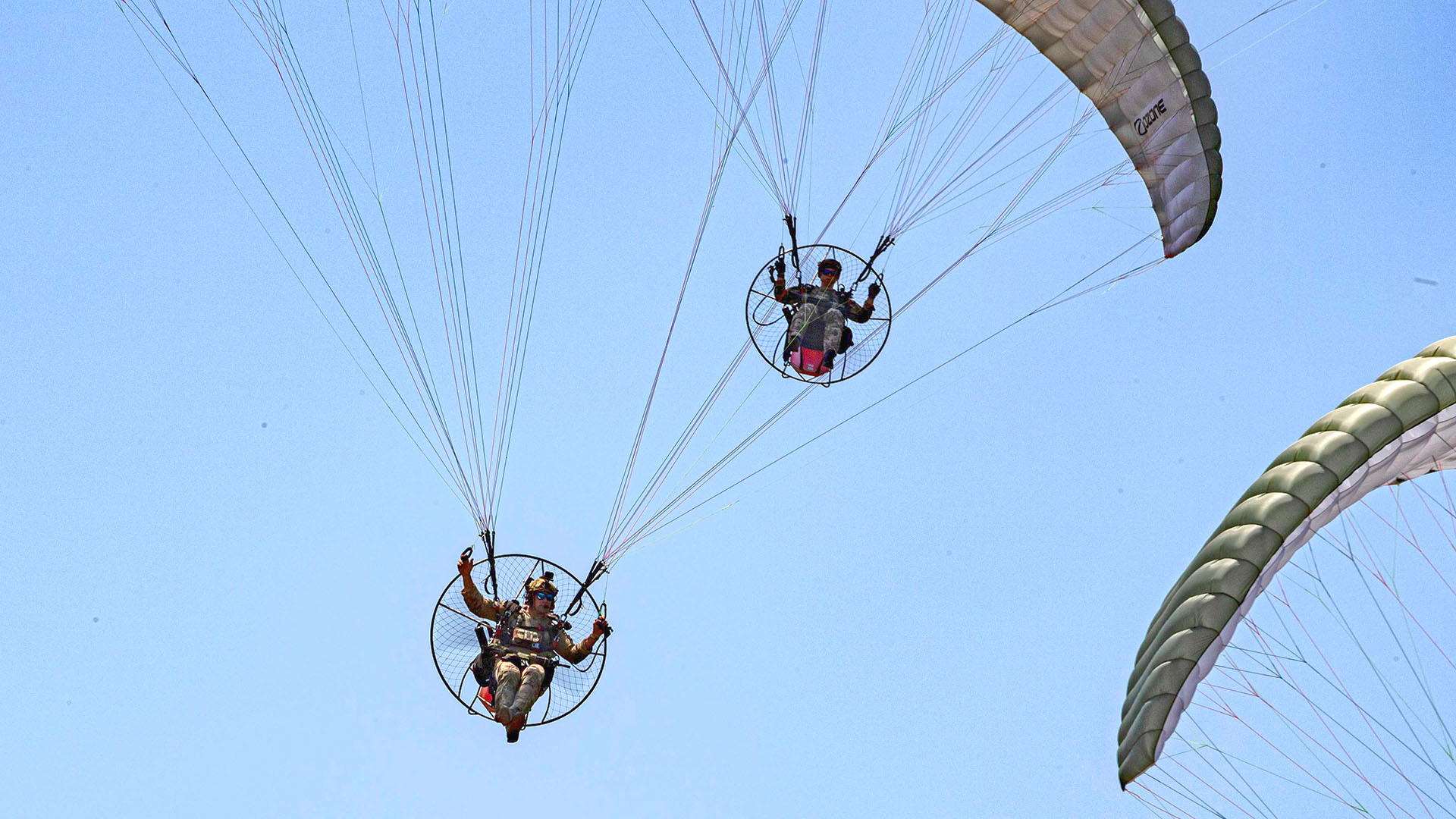
After years of budgetary and personnel growth in the fight against the Taliban, al-Qaeda and other Islamic extremists, SOCOM’s Fiscal Year 2025 presidential budget request is relatively flat, despite inflation. The $9.687 billion request represents a small increase of about $11 million over last year and a drop of $240 million from Fiscal Year 2023. That comes amid an increasing emphasis on planning for potential conflicts with state adversaries, namely China, Russia, Iran and North Korea, while still retaining capacity to fight violent extremists.
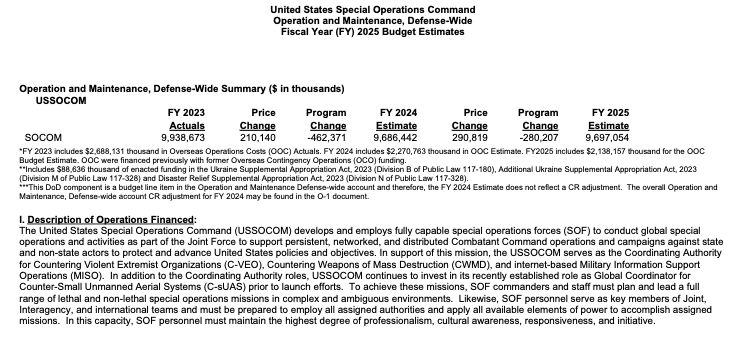
The nature of warfare has changed since the last international SOF capabilities demo in May 2020. That was before Vladimir Putin’s tanks rolled over the border into Ukraine and his missiles detonated in population centers across the country. Now aerial and sea drones are ubiquitous, blasting civilian infrastructure, sinking ships, destroying armor and troops and making stealthy maneuver far more difficult. Meanwhile, both sides are playing cat and mouse games with their electronic warfare systems. Elsewhere, in the Middle East, Red Sea shipping and Israel have come under fire from Houthi missiles and drones and Iran has barraged Israel directly for the first time as the bloody Gaza war grinds on, roiling the region.
No longer on the ground in Afghanistan, there are still about 6,000 SOF troops operating in 80 nations, Army Gen. Bryan Fenton, SOCOM’s commander, said during his keynote speech Tuesday. They are still carrying out traditional SOF missions like foreign internal defense and civil affairs, helping partner nations build up their own security. The future role of U.S. SOF is a work in progress, however, after 20 years of fighting unsophisticated and relatively lightly armed insurgents with permissive airspace above. This threat picture is being replaced by a very different one thanks to adversaries like China.
“The challenge is even more with our hardware and tactics,” Fenton explained about how SOCOM will deal with plethora of ongoing and future problems.
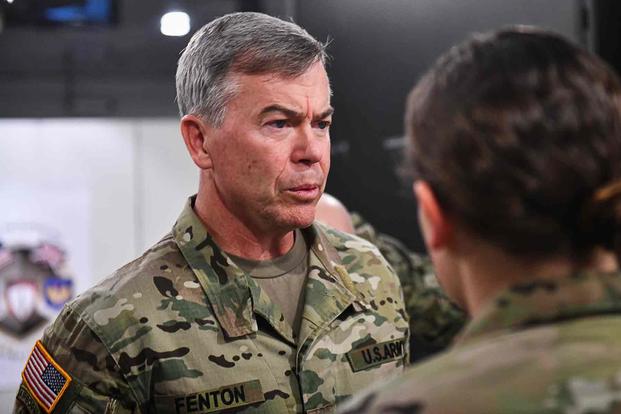
“The PRC’s global corps, debt diplomacy, and cyber intrusions are common practice in their pursuit to rewrite the international order.” He added that Russia’s war in Ukraine, North Korea’s belligerence, Iran’s increased “leveraging” of proxies like the Houthis, Hezbollah and Hamas, as well as the ongoing fight against Islamic extremists like al-Qaeda and al-Shabab are adding to the challenge.
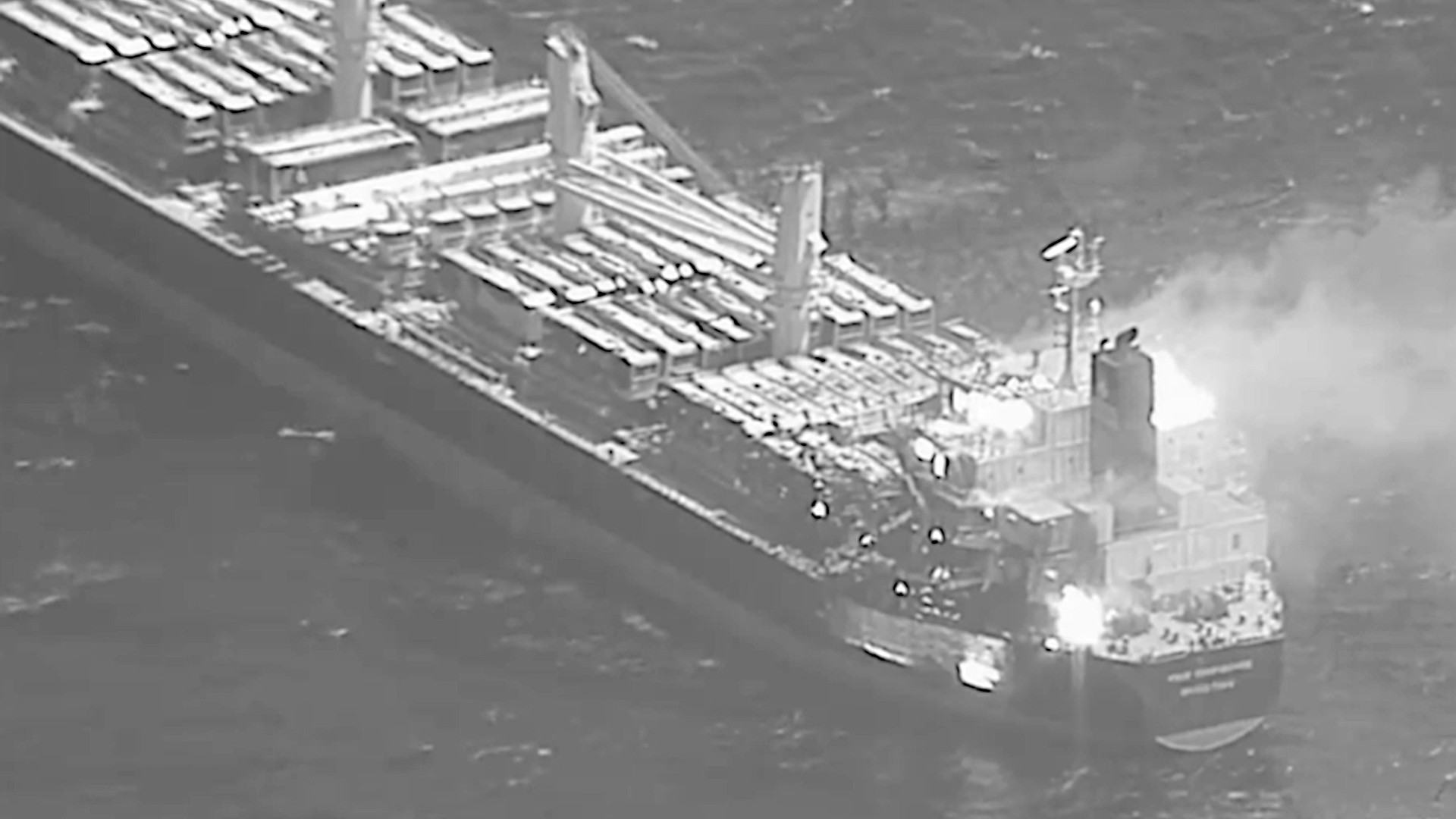
Given the ‘tyranny of distance’ and Beijing’s growing military might, a fight in the Pacific would be orders of magnitude more difficult for the U.S. and allied SOF troops operating in small numbers to help shape the battlefield and conduct irregular and unconventional warfare activities. It’ll be harder to move, hide, communicate, direct fires, securely link up with partners and achieve command and control on the battlefield. That’s the reality on which SOCOM officials, and the defense contractors vying to do business with them, are increasingly focused.
“We’re seeing the character of war rapidly change with smaller, faster and cheaper unproved systems,” said Army Command Sgt. Maj. Shane Shorter, SOCOM’s senior enlisted leader, during his SOF Week keynote speech Tuesday morning. “Robotics, ubiquitous surveillance tools of every kind, and of course, artificial intelligence are all creating wicked problems.”
You can see a video of robotic warfare already taking place in Ukraine in this video below.
The show floors at SOF Week also reflected this. Expanded beyond the Tampa Convention Center to the J.W. Marriott by the Global SOF Foundation to accommodate more vendors, many of the offerings from defense contractors and suppliers were significantly different this year. Lessons from Ukraine loomed large, as did the community’s pivot away from counter-insurgency and counter-terror operations.
“It is now a reality that being found on the battlefield is a lot more likely to happen than maybe we had assumed in the past, the volume of fires that you’re going to face is much greater than we had assumed in the past, the electromagnetic spectrum is going to be far more contested than what we had assumed in the past,” Anduril Chief Strategy Officer Christian Brose told The War Zone Wednesday at his company booth on the showroom floor.
Production in quantity will be key, he said.
A fight in the Pacific would be “a much larger sort of scaled up version of many of the problems that we’ve been seeing in other regions,” Brose said. “So you have certainly a tyranny of distance. But it is a requirement that forces are going to have to operate in smaller distributed formations, but still, nonetheless be able to share information, work together, collaborate across those distributed formations. We cannot continue to field small numbers of very expensive, very exquisite things that are built by a handful of vendors in very artisanal ways that are very difficult to replace when you lose them. We have to do the opposite of that. We have to build far larger quantities of systems that are mass producible, where you drive complexity out of those systems, you can replace them when you lose them.”
The massive need for data has many contractors shifting their offerings, Greg Celestan, founder and CEO of Tampa-based Celestar told The War Zone.
“There is a greater need for data scientists and analysts with experience with large data streams as opposed to personnel with experience tracking small terrorist cells,” he offered as one example of how things have changed this year. “The conference has a larger number of vendors selling software and analytic tools than before.”
At the same time, American special operations forces are already taking on new, or at least somewhat dormant missions potentially not exercised since the end of the Cold War. This includes everything from providing force protection to far flung, but highly strategic islands located near enemy territory to preparing for major operations against potential foes that have vast anti-access/area-denial capabilities.

The military’s plans to stay ahead of this major sea change in threat focus are outlined in a still-classified document called the Joint Warfighting Concept 3.0 (JWC 3.0). It was published on secure channels last year but has been several years in the making. Though just a very small fraction of the overall force, SOF remains a critical element in future fights as outlined in that document, which looks five to eight years over the horizon.
“The warfighting concept is not just about high-end kinetic action,” said Air Force Lt. Gen. Dagvin R.M. Anderson, Director of the Joint Staff’s Joint Force Development, during a panel on “SOF Roles in Great Power Competition.” His office oversees development of that plan, which he said includes an examination of how SOF can continue to be a “key enabler.”

The concepts aren’t revolutionary but are evolving against current and expected future threats.
“We won’t have supremacy, like we have enjoyed since 1953, in the air, “ Anderson said. “We won’t have the ability to dominate space or information. So how do we start looking at bringing these to bear in sequence in order to gain relative advantage, so that we can then maneuver into a denied environment and then create our fires?”
The answer, he said, was something called “pulsed operations,” which the military describes as massing of joint forces across all domains “to generate or exploit our advantages over an adversary.”
“We’re looking at how do you put that into an operational level concept [for SOF] and create the effects you need to operate so you can then maneuver and then fire and then maneuver from that.”
The U.S. military continues to evolve its existing special operations weapon systems like the Navy’s stealthy Combatant Craft Heavy special operations boats, the Army 160th Special Operations Aviation Regiment’s (SOAR) H-6 Little Bird helicopters, and its troops’ sniper rifles. And new capabilities are being added to give these legacy assets relevancy in a new era of ‘great power competition, but a big part of SOF’s future goes beyond the strictly kinetic.

“We’re focused on the data piece,” said Anderson. That’s “so you get targetable data to any site from any sensor to any shooter and to get that data to decision makers so they can process that and make decisions in a timely fashion so we can fully inform or best inform our civil civilian leaders to make decisions rapidly.”
JWC 3.0 is also looking at how SOF can “enable other domains like space and cyber,” Anderson explained. “There’s a really interesting nexus that we see emerging of how SOF can work with that, and create strategic effects. And so how do we bring that together across the spectrum and not just focus on the CT [counter-terrorism], direct action piece?”
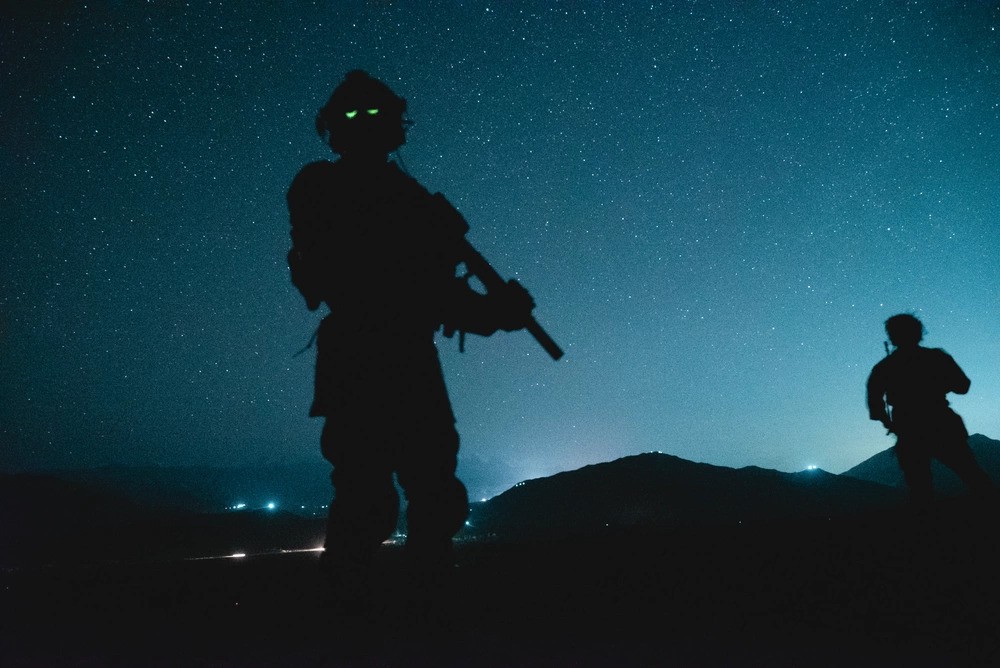
China is already engaged in a level of “irregular warfare” against the U.S., said retired Army Lt. Gen. Ken Tovo, a former Green Beret who once ran Special Operations Command Central, overseeing non-Tier 1 spec op missions in the Central Command region. He was referring to actions taken to diminish an adversary’s ability and will to fight. U.S. special operations forces have a history of carrying out these missions and constantly train for irregular warfare, which we have written about several times.
“I think everybody recognizes that great power warfare is going to be incredibly damaging and that the attrition will play on both sides,” he said on the same panel as Anderson. “And I don’t think any nations want to go into that. But they still want to achieve their objectives. And that’s what they’re using, these irregular warfare means.”
China is using those tactics to prepare for a potential future conflict, Tovo added.
They are doing “the intelligence gathering, you know, they’re inside our networks to prepare options, so that they can take down the electrical grid and transportation systems and communication system to gum up the works, if, in fact, conflict comes,” Tovo explained. “But a lot of what they’re doing is also really more shaping. And in the case of the Chinese, I think they truly believe” that “if you really shape the battlefield sufficiently, you will be able to achieve victory without fighting.”
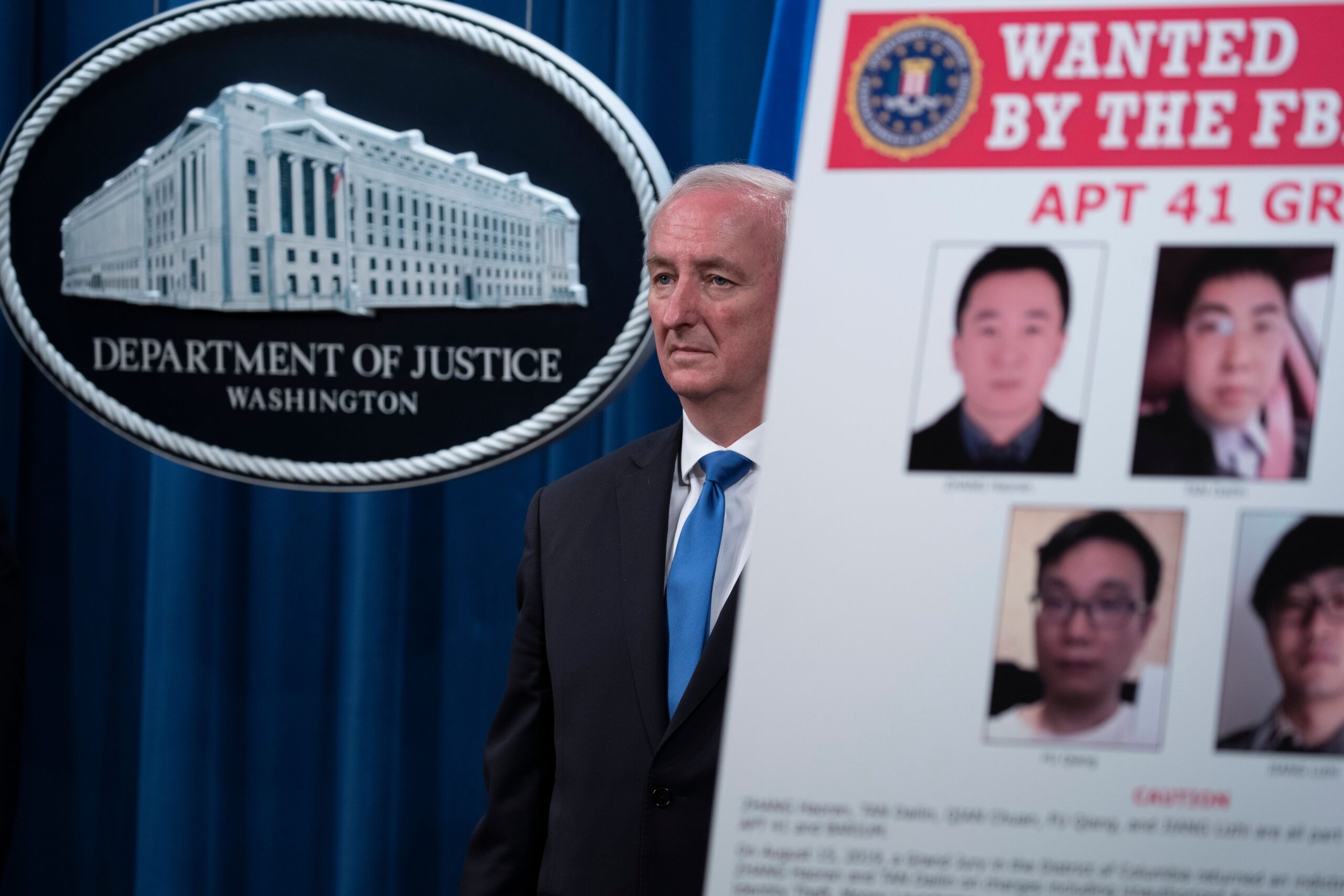
Russia and Iran are also carrying out similar hacking activities with the same goal as China, said Tovo.
As a result, he said that in the future, in addition to building partnerships with other nations, the U.S. and allies will eventually step up their irregular warfare activities against these adversaries.
“We’re also the masters of these irregular warfare capabilities that right now seem to be used mostly by our adversaries against us,” he said. “But at some point, I expect that the West will get serious about competing in a more aggressive and offensive manner. And those irregular warfare capabilities will serve us well to create dilemmas for our adversaries, to create issues for them to deal with on our periphery.”
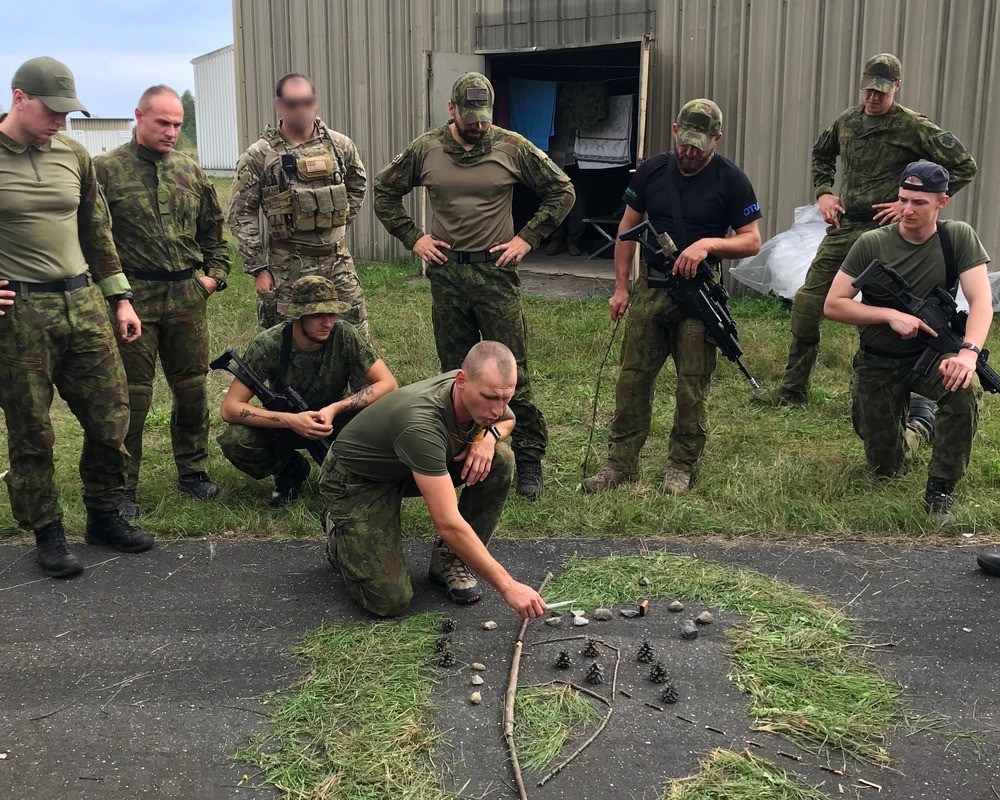
China, Russia and Iran, “are autocratic nations, whose main objective is state survival, party survival, leadership survival, and the thing they fear most is internal instability,” said Tovo. He suggested the U.S. and allies use irregular warfare to “look for cracks that we can put a lever into” in an effort to sow confusion, discontent and unrest that threatens those governments.
While the Biden administration is likely not ready to go that route, it is the kind of operation that is a traditional SOF speciality. Given what we now know, the future of SOF looks to be a mix of well-established tactics like that and using long-baked-in skills in new, or at least revamped, ways, while adding entirely new capabilities and mission sets on top of it.
While the SOF community is known for its agility and responsiveness, such a major shift will take time. The goal, at least as it seems now, is to make sure core capabilities are ready to meet this new set of challenges as quickly as possible, in hopes that their existence alone will help deter aggression.
Contact the author: howard@thewarzone.com
